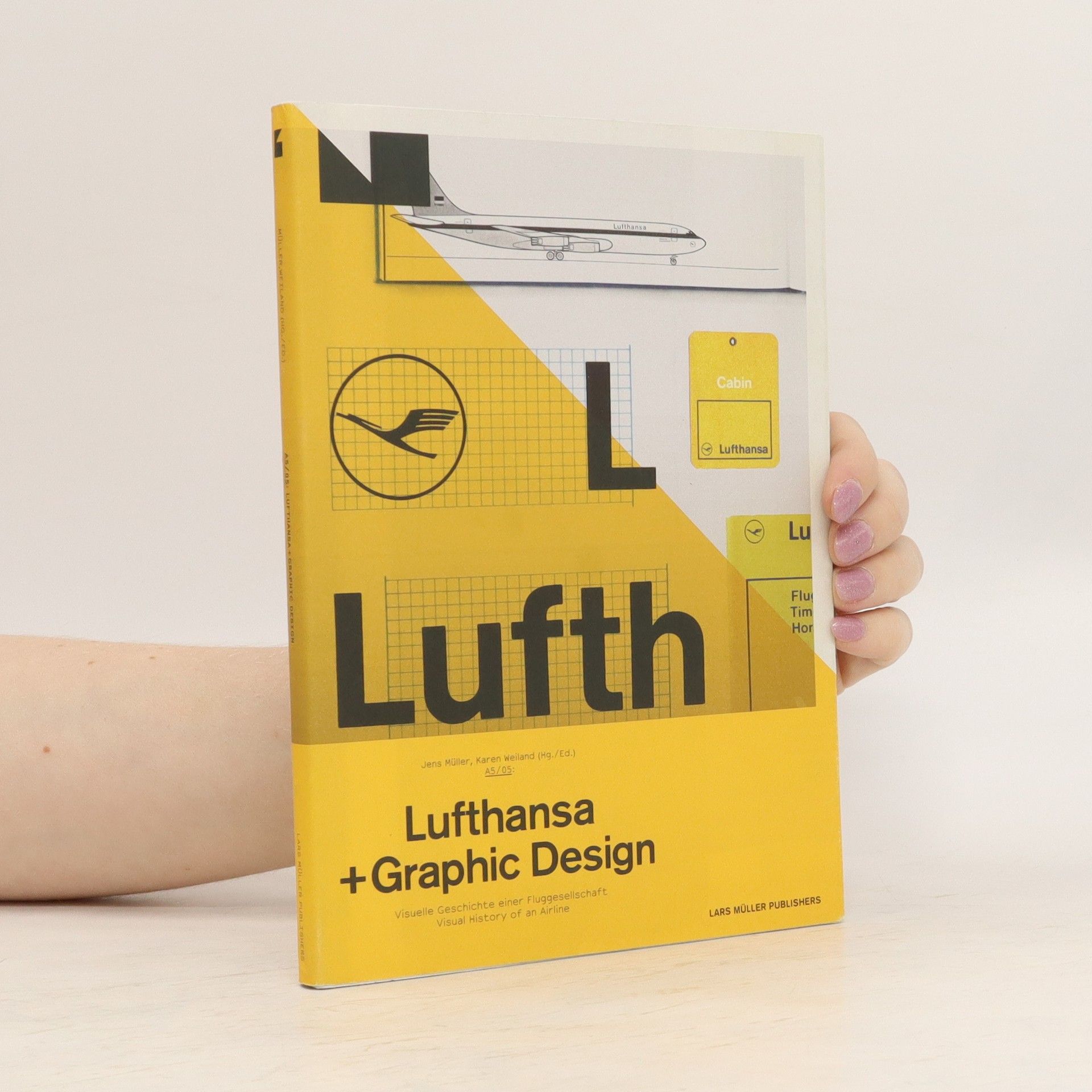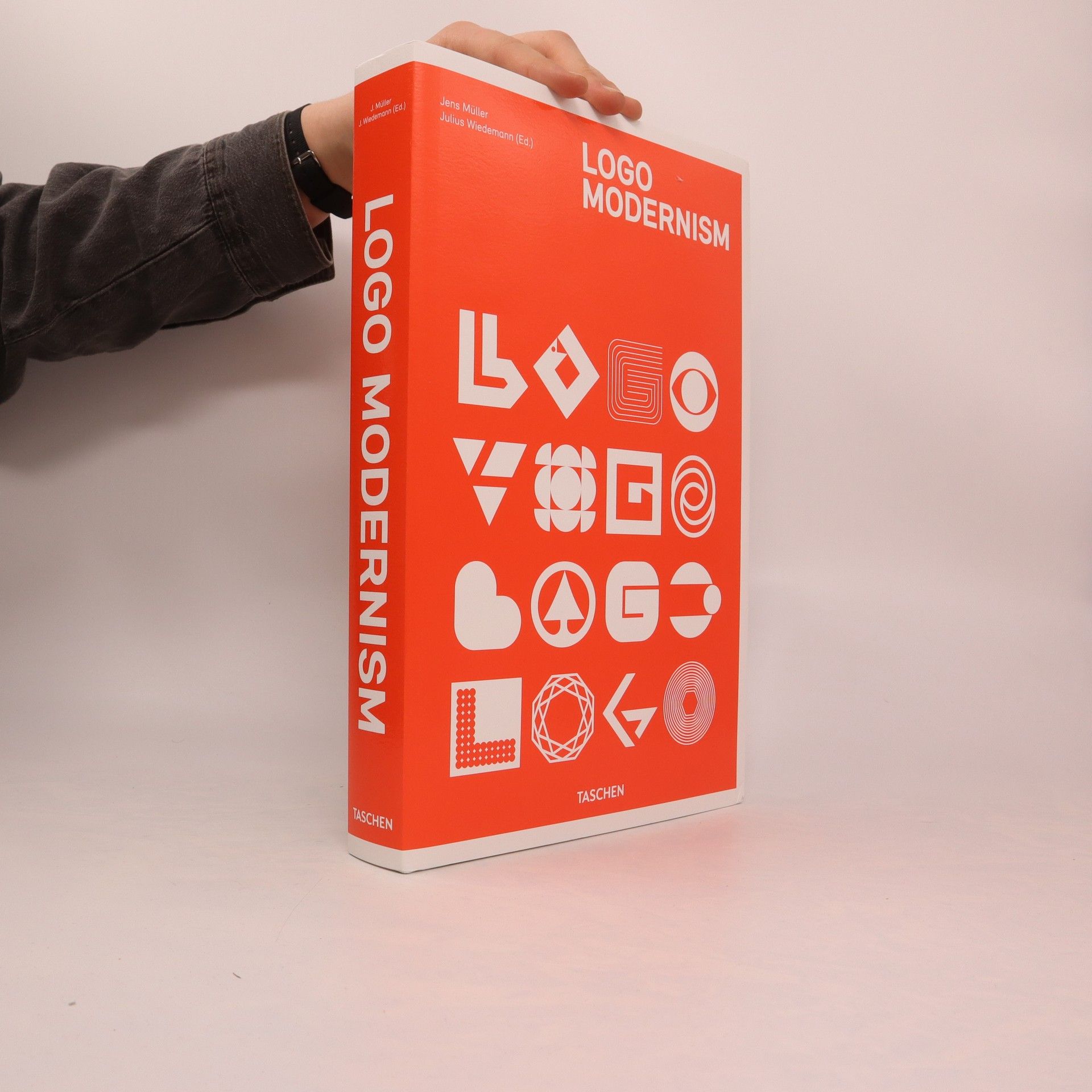The history of graphic design
- 480pages
- 17 heures de lecture
Grafikdesign hat durch lebendige Verknüpfungen von Bild und Idee den Zeitgeist geprägt und ist allgegenwärtig – von minimalistischer Verpackung bis hin zu farbenfroher Reklame. Es vermittelt Informationen und spiegelt gesellschaftliche Werte sowie kulturelle Tendenzen wider. Der zweite Band dieser umfassenden Erforschung des Grafikdesigns behandelt die Epoche von den 1960er-Jahren bis zur Gegenwart. Rund 3.500 wegweisende Entwürfe aus aller Welt führen durch die jüngste Geschichte, von der Etablierung des International Style bis zu den Veränderungen des digitalen Zeitalters. Etwa 80 Schlüsselwerke werden detailliert analysiert, ergänzt durch 118 Biografien bedeutender Designer wie Massimo Vignelli, Otl Aicher, Paula Scher, Neville Brody, Kashiwa Sato und Stefan Sagmeister. Autor Jens Müller hat die herausragenden Entwürfe jedes Jahres ausgewählt und liefert einen Zeitstrahl mit Design-Meilensteinen. Der chronologisch geordnete Band bietet einen Überblick für jedes Jahrzehnt sowie eine visuell beeindruckende Zeittafel, die die Vielfalt des grafischen Schaffens und dessen Bedeutung für die Weltverhältnisse veranschaulicht. Diese Sammlung wichtiger grafischer Werke ist eine längst überfällige Betrachtung eines sich ständig entwickelnden kreativen Bereichs und zeigt den Einfluss des Grafikdesigns auf unseren Alltag.



